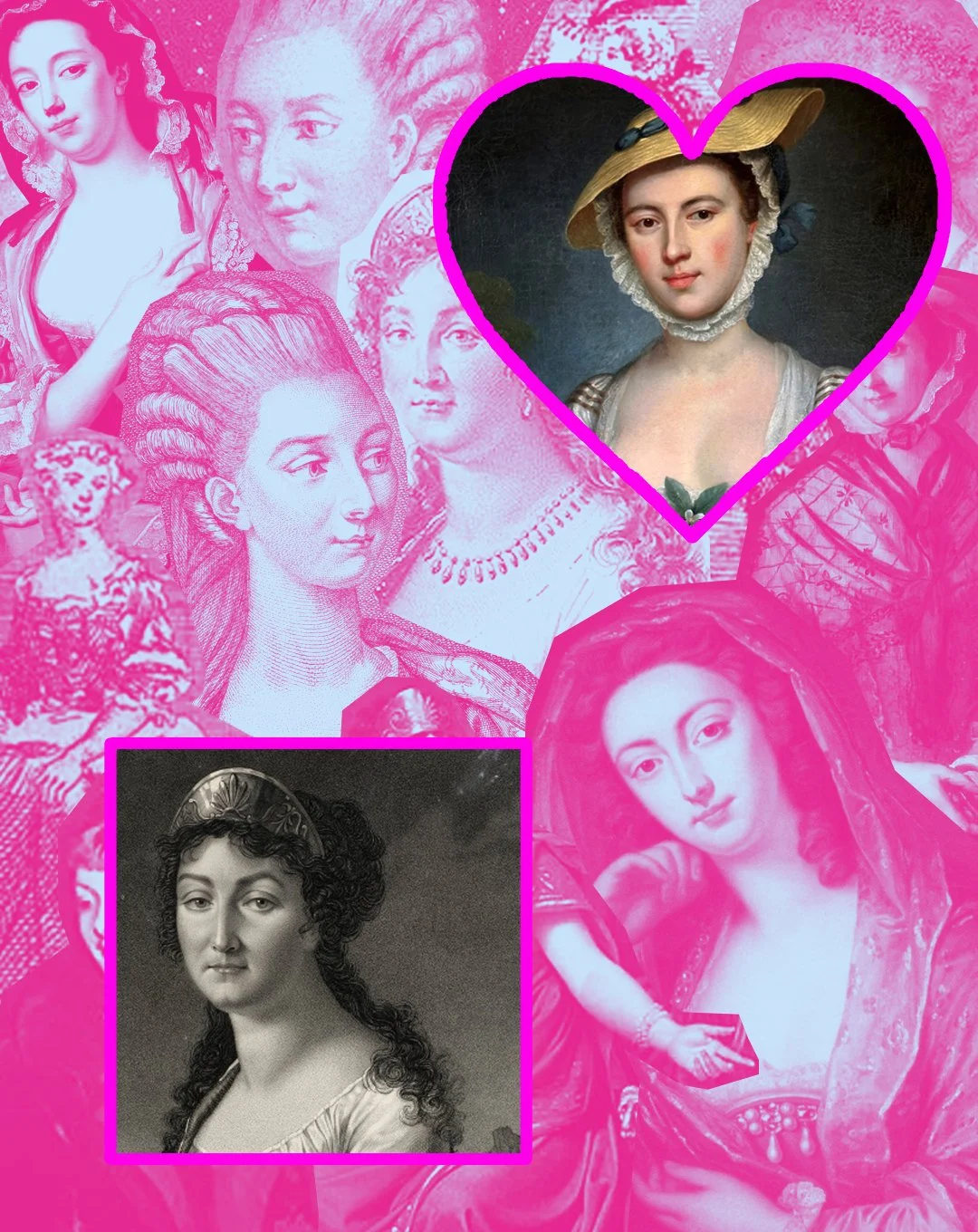Non Threatening Boys* x Dressing Dykes: The History of the Lesbian Drag King
It’s a common misconception that drag is a new phenomenon, but the history of drag can be traced back hundreds of years. The role of the drag king - these days, far less talked about than drag queens, and undeservedly so - has a long lineage, stretching back to travelling troupes of performers in the 1950s and 60s, the music hall of the 1900s and the stages of the 18th century. The thing that binds these stories together is the clothes worn on the bodies of these performers. Though we can never be sure of the gender or sexual identity of historical figures, particularly when they moved through the world in as non-normative a way as those I’m about to list, there’s a strong connection between drag king history and lesbian fashion history.
In these stories, clothes become not just fabric but opportunity, trousers or breeches become not just two-legged garments but a symbol of freedom. A woman - or someone understood as a woman by the society around them - couldn’t dress in men’s clothing unless she had certain protections, such as the possession of immense wealth and an uncontestable social station. Barring this, a cross-dressing woman (who we could now read as a trans man) would need to live a full-time male lifestyle and be able to “pass” as a man. There was one alternative to either of these circumstances: all the way back in the 1700s and up to relatively recently, the one scenario where cross-dressing has been accepted by the general public is for that public’s entertainment.

